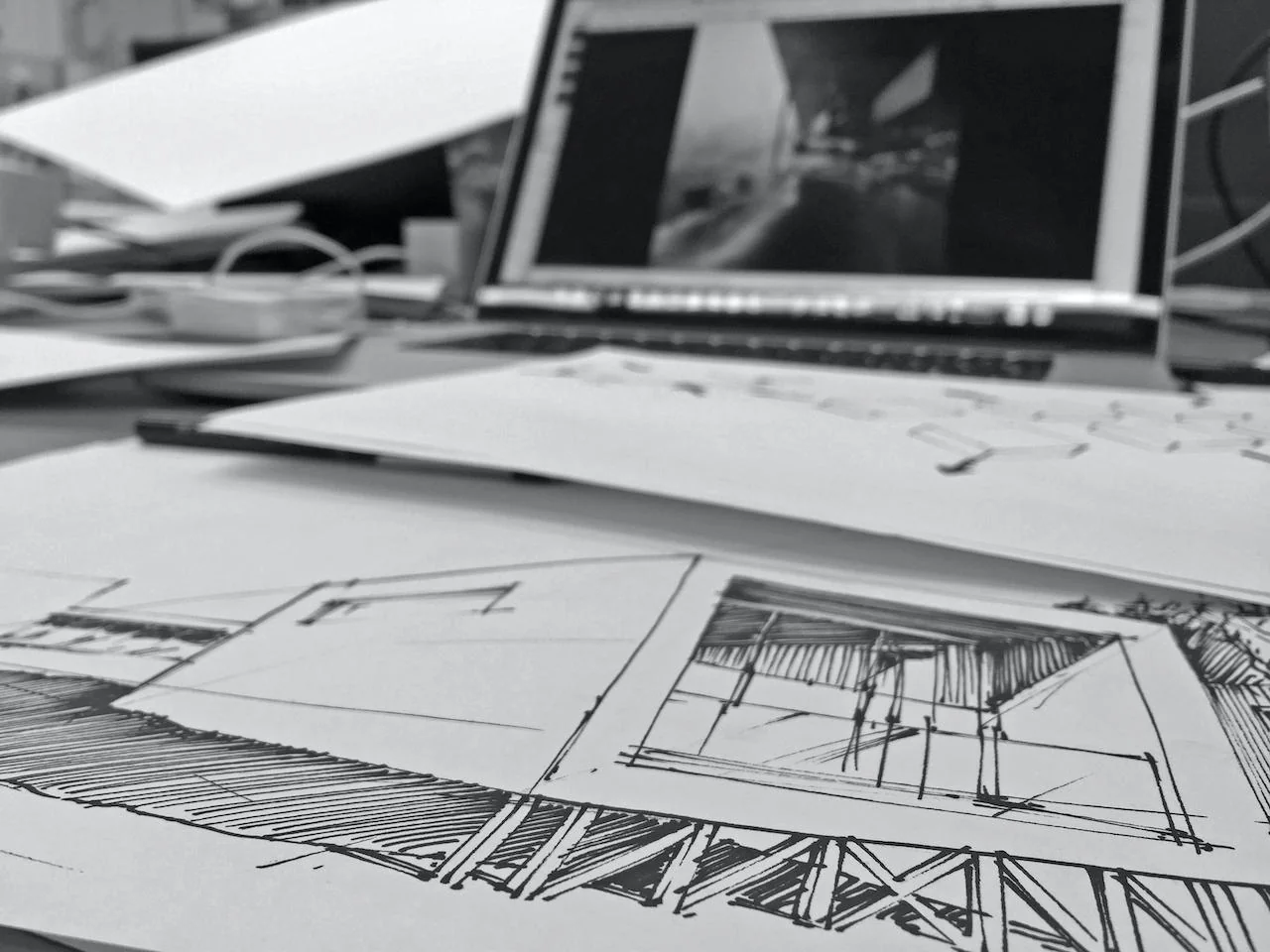Digital vs. Traditional Drafting Techniques: Navigating the Architectural Realm
Architectural drafting and design have undergone a monumental transformation with the advent of digital technology. The age-old debate between traditional methods and digital software continues to intrigue professionals and novices alike. In this comprehensive exploration, we delve into the pros and cons of both approaches, shedding light on the dynamics of the architectural drafting landscape.
The Traditional Charm: Pen, Paper, and Precision
Pros of Traditional Drafting
- Artistic Expression and Craftsmanship: Traditional drafting methods allow architects to intimately connect with their creations. The tactile sensation of pen on paper grants a sense of artistic expression and craftsmanship that resonates with the architectural essence.
- Precision and Detail: The precision achieved with traditional tools like T-squares, triangles, and rulers is remarkable. Architects can meticulously control line weights and accurately translate their ideas onto paper, capturing intricate details.
- Flexibility and Adaptability: Traditional drafting methods allow for spontaneous modifications during the sketching process. Architects can easily erase and modify elements, fostering adaptability without the constraints of undo buttons.
Cons of Traditional Drafting
- Time and Efficiency: Traditional drafting is time-consuming compared to its digital counterpart. The intricate nature of architectural drawings demands hours of meticulous work, potentially affecting project timelines.
- Replication and Distribution: Replicating traditional drawings for collaboration or distribution poses challenges. Architects often resort to photocopying or scanning, which may compromise the original quality.
- Limited Collaboration: Sharing traditional drawings for collaborative input can be cumbersome. Physical documents require proximity for review, hindering remote collaborations.

The Digital Evolution: Pixels, Precision, and Possibilities
Pros of Digital Drafting
- Speed and Efficiency: Digital drafting expedites the design process significantly. Design iterations, modifications, and duplications can be executed swiftly, optimizing time management.
- Enhanced Visualization: Digital software enables architects to visualize designs in 3D, offering a lifelike preview of the final outcome. This enhances communication with clients and stakeholders.
- Collaborative Potential: Digital drafting tools facilitate real-time collaboration, enabling architects to work on the same project simultaneously, regardless of geographical locations.
Cons of Digital Drafting
- Learning Curve: Proficiency with digital software demands a learning curve, especially for those new to technology. Time invested in mastering the software can initially affect efficiency.
- Initial Costs: Acquiring licenses for professional software and the required hardware can entail substantial initial costs. This can be a deterrent for emerging architects with limited budgets.
- Loss of Traditional Craft: The tangible connection with the design process may diminish with digital drafting. The tactile experience of traditional methods gives way to virtual manipulation.
FAQs: Digital vs. Traditional Drafting Techniques
In Conclusion
The choice between digital and traditional drafting techniques is a matter of personal preference, project requirements, and technological adaptability. While traditional methods embrace artistic craftsmanship digital drafting accelerates design iterations and collaborative potential. In the dynamic world of architectural drafting, architects can seamlessly integrate these methods to navigate the intricacies of creativity and precision.

